Steps to construct a Lorenz curve
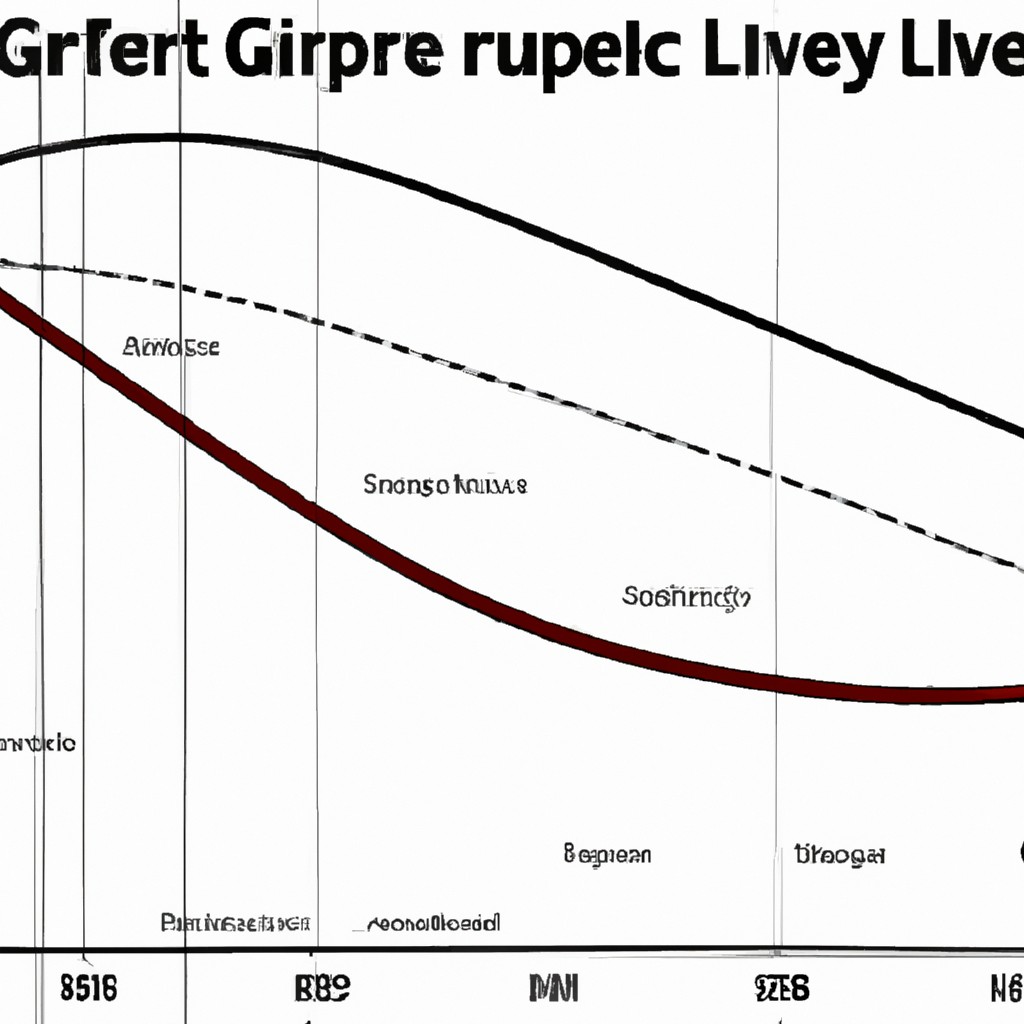
To construct a Lorenz curve, plot cumulative percentage of total income against cumulative percentage of population. Represent perfect equality as a straight 45-degree line. Calculate the Gini coefficient from the Lorenz curve. Use the formula of Gini coefficient, a quotient of the area between the Lorenz curve and the line of perfect equality divided by the total area under the line of perfect equality. Interpret the Gini coefficient as a measure of income inequality. A higher Gini coefficient indicates greater inequality, while a lower coefficient represents more equality. Illustrate income distribution patterns through the Lorenz curve and Gini coefficient analysis.
Read more
Interpretation of the Lorenz curve
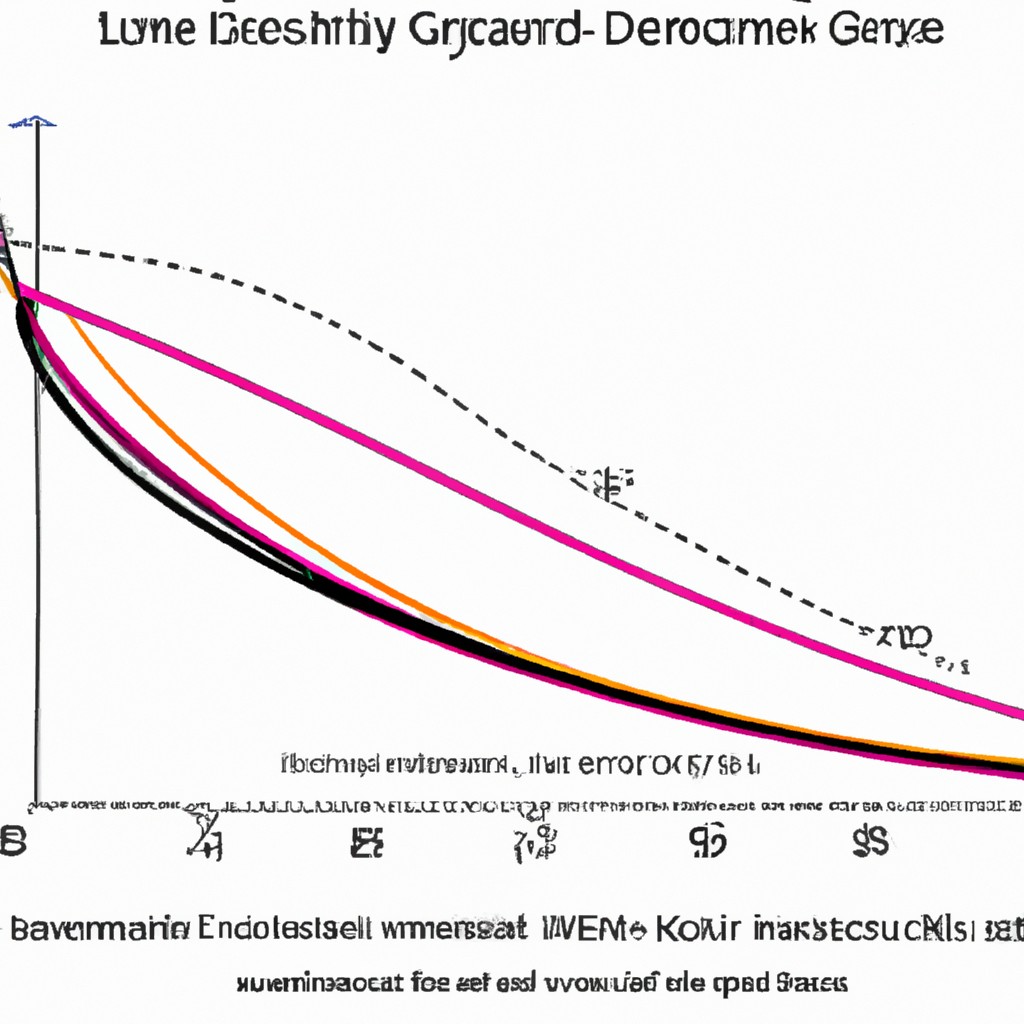
Understanding the Lorenz curve involves examining income distribution to assess societal inequality levels. This graphical representation contrasts actual distribution with perfect equality, aiding policymakers in crafting targeted interventions. The slope indicates inequality; a steeper curve signals more unequal income distribution. In contrast, a perfectly equal society would showcase a perfectly diagonal line, indicating a fair distribution of income. By analyzing the Lorenz curve, economists can devise strategies to reduce income disparities, fostering more equitable societies. It serves as a powerful tool for evaluating the effectiveness of social policies directed towards addressing wealth gaps and enhancing overall economic well-being.
Read more
Data required for constructing a Lorenz curve

The essential data needed for creating a Lorenz curve includes income levels for individuals or households. This information is critical for assessing income inequality within a population. It helps in analyzing the distribution of wealth and identifying disparities among different socioeconomic groups. Researchers must have detailed income data sorted from lowest to highest earners to plot the curve accurately. The Lorenz curve visually represents the distribution of income or wealth within a population, highlighting the concentration of resources in specific segments. It is a powerful tool for policymakers and economists to understand and address inequality issues effectively.
Read more
Criticisms of the Lorenz curve
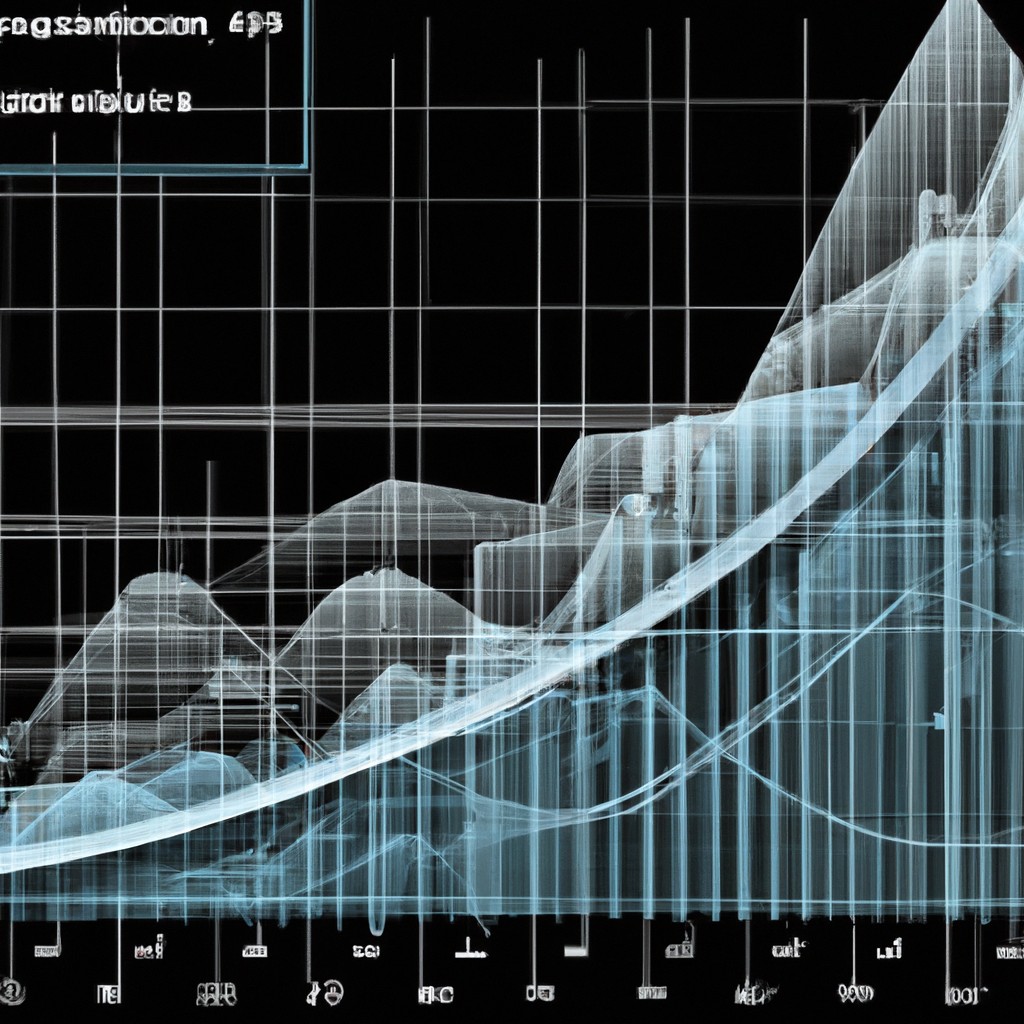
Critics argue Lorenz curve oversimplifies income distribution, neglecting key factors influencing inequality. Some find it theoretical. Yet, it remains crucial for examining disparities. Alternative methods offer nuanced insights, challenging traditional interpretations. Practical applications can vary, reflecting real-world complexities. Despite limitations, the curve sparks valuable discussions on economic disparity. Its visual representation resonates with many, enabling deeper societal reflections. Implications extend beyond graphs, igniting debates on policy and social justice. Dynamic interplays of data and context further enrich the discourse, urging comprehensive analyses. While skeptics question its accuracy, the Lorenz curve continues to shape our understanding of inequality.
Read more
Use of Lorenz curve in measuring income inequality

The Lorenz curve is a tool to show income distribution. It compares actual data against perfect equality. If a line is perfect equality, the closer the Lorenz curve fits the line, the fairer the income distribution. The further away, the greater the income inequality. People use it to examine gaps in wealth distribution and social equity. Policymakers can target interventions better by understanding income inequality patterns. The Lorenz curve visually represents societal disparities, highlighting where resources are unevenly allocated. It acts as a compass, guiding efforts towards more just and equal distribution of wealth. By analyzing it, societies can strive for greater fairness and prosperity.
Read more
Definition of the Lorenz curve
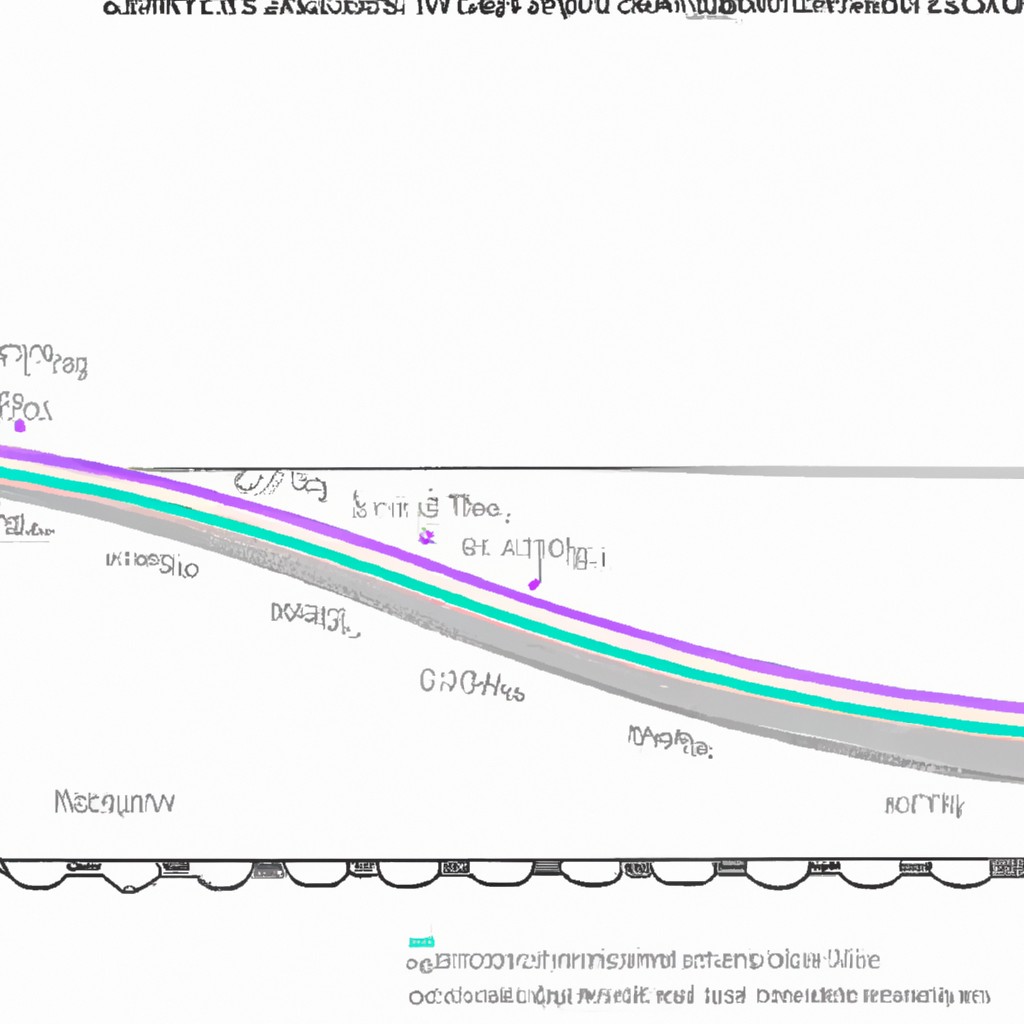
The Lorenz curve showcases income distribution by comparing actual distribution with equal distribution. Income inequality is visually displayed.
Read more
Calculation of the Lorenz curve
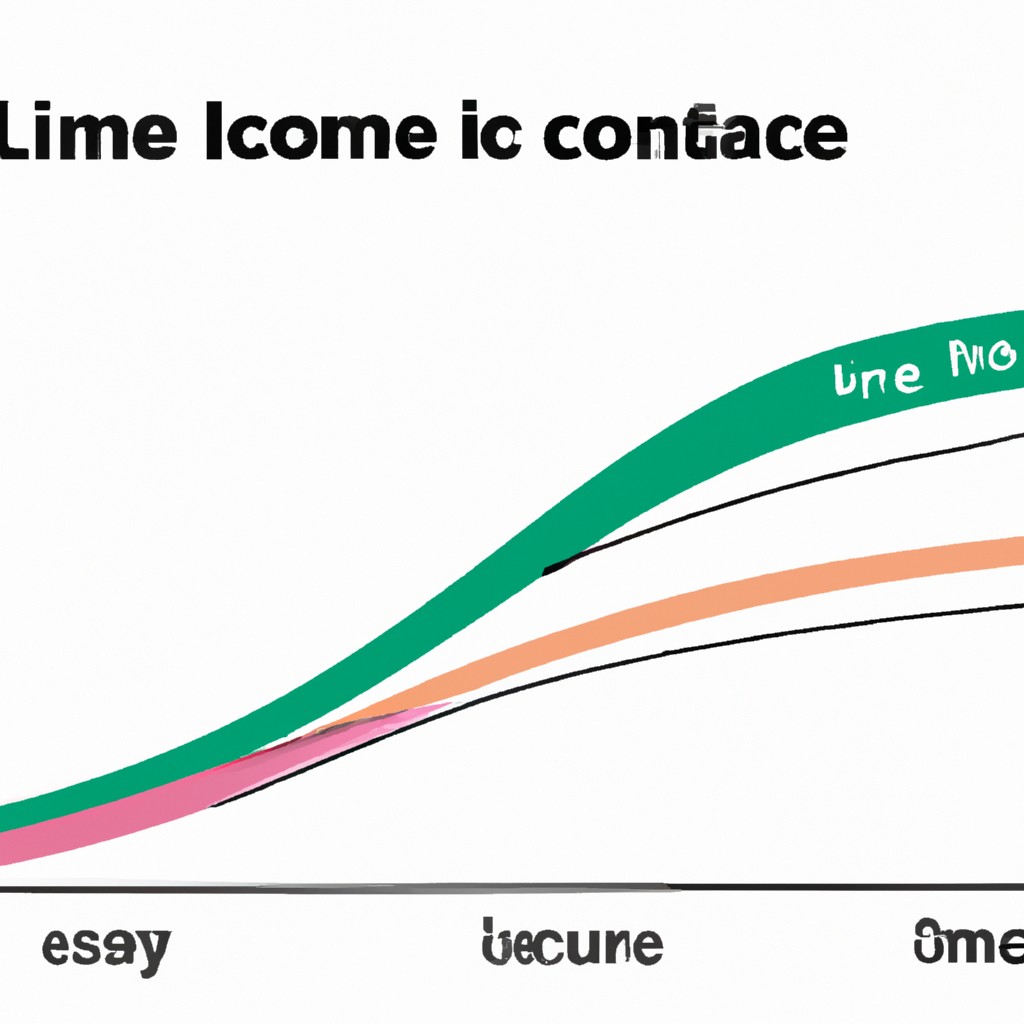
Calculating the Lorenz curve involves plotting cumulative income against the cumulative population. It depicts income inequality, visually showing the wealth distribution among a population. The closer the curve is to the line of perfect equality, the more evenly wealth is distributed. To calculate the Lorenz curve, divide the cumulative income by the total income. The resulting curve provides insights into the income disparity within a society. It is a critical tool for policymakers to gauge the effectiveness of redistribution policies and assess overall economic equity. Understanding the Lorenz curve is essential for addressing income inequality and creating a fairer society.
Read more
Calculation of Lorenz curve

The Lorenz curve shows income distribution and is essential to measure inequality in economies. Calculating the curve involves plotting cumulative income against the cumulative proportion of the population. A perfect equality scenario results in a diagonal line from the origin to the top right corner of the graph. In real-life cases, the curve lies below this line indicating inequality. The further the curve from the diagonal line, the higher the inequality. Researchers and policymakers use the Lorenz curve to understand income disparities, develop appropriate policies, and ensure fair distribution of wealth among the population.
Read more
Uses of Lorenz curve

The Lorenz curve is a graphical representation that illustrates income distribution within a population. It is useful in analyzing economic inequality and determining the fairness of income distribution. Policymakers often rely on the Lorenz curve to assess the impact of social and economic policies, such as taxation and welfare programs. Additionally, economists and researchers use the curve to compare income disparities across different countries or regions. By examining the shape of the curve, one can gauge the level of inequality within a society. This information can then be used to develop strategies to address inequality and promote a more equitable distribution of wealth.
Read more
Purpose of Lorenz curve

The Lorenz curve serves to depict income inequality within a given population. It shows how wealth is distributed among individuals, indicating the concentration or dispersion of income. By plotting the cumulative percentage of total income against the cumulative percentage of population, the curve provides a graphical representation of income inequality. A perfectly equal distribution would result in a straight line, while a curved line signifies inequality. The steeper the curve, the greater the inequality. This tool is used by economists, policymakers, and social scientists to study income disparities and evaluate the effectiveness of various economic policies aimed at reducing inequality. It helps in understanding and addressing social and economic issues in a society.
Read more












